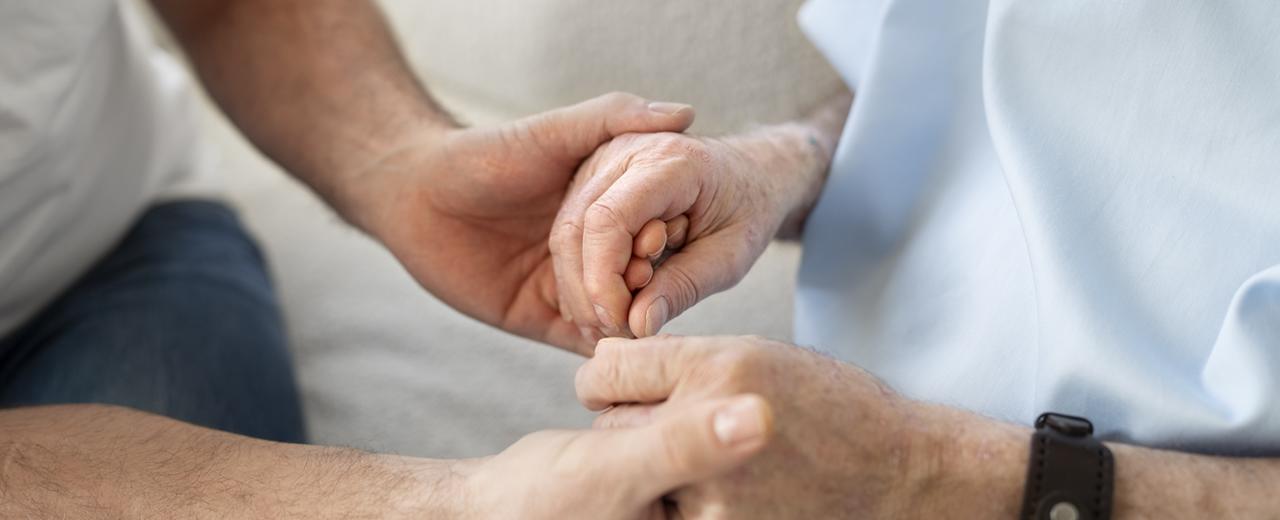
Parkinson’s disease is a common neurodegenerative disorder that affects millions of people worldwide. While there is currently no cure for this condition, there are therapeutic strategies that can help improve the quality of life for individuals living with Parkinson’s. One such strategy is physical exercise, and a recent article from the Universidad Católica de la Santísima Concepción highlights the impact of exercise on people with Parkinson’s.
What caught my attention about this article is the focus on the benefits of physical exercise specifically tailored for individuals with Parkinson’s disease. It emphasizes the importance of engaging in regular physical activities to alleviate symptoms and improve overall well-being.
In the article, researchers explain that exercise has shown promising results in reducing motor symptoms associated with Parkinson’s disease. It improves flexibility, balance, mobility, and motor coordination, which are often affected by the disorder. By incorporating regular physical activity into their daily routine, individuals with Parkinson’s can experience significant improvements in their motor function and overall physical fitness.
The article also discusses the psychological benefits of exercise for those with Parkinson’s disease. Physical activity has been shown to reduce depression and anxiety, commonly associated with the condition. Additionally, being part of an exercise program can provide individuals with a sense of community and support, which contributes to their overall well-being.
Based on my personal knowledge and experience, I know that exercise can help slow down the progression of Parkinson’s disease. It promotes the release of certain chemicals in the brain that are vital for maintaining neuronal health and function. Additionally, physical activity can enhance neuroplasticity, which is the brain’s ability to reorganize itself and form new neural connections. These neuroprotective effects of exercise offer great hope for individuals with Parkinson’s disease.
In conclusion, the article highlights the significant impact of physical exercise on people living with Parkinson’s. Engaging in regular physical activity has been shown to improve motor function, enhance psychological well-being, and potentially slow down disease progression. Incorporating exercise into a person’s routine, with the guidance of healthcare professionals, can lead to a better quality of life for those with Parkinson’s disease. This article serves as a reminder of the importance of physical activity as an integral part of managing and coping with this condition.
Quick Links

